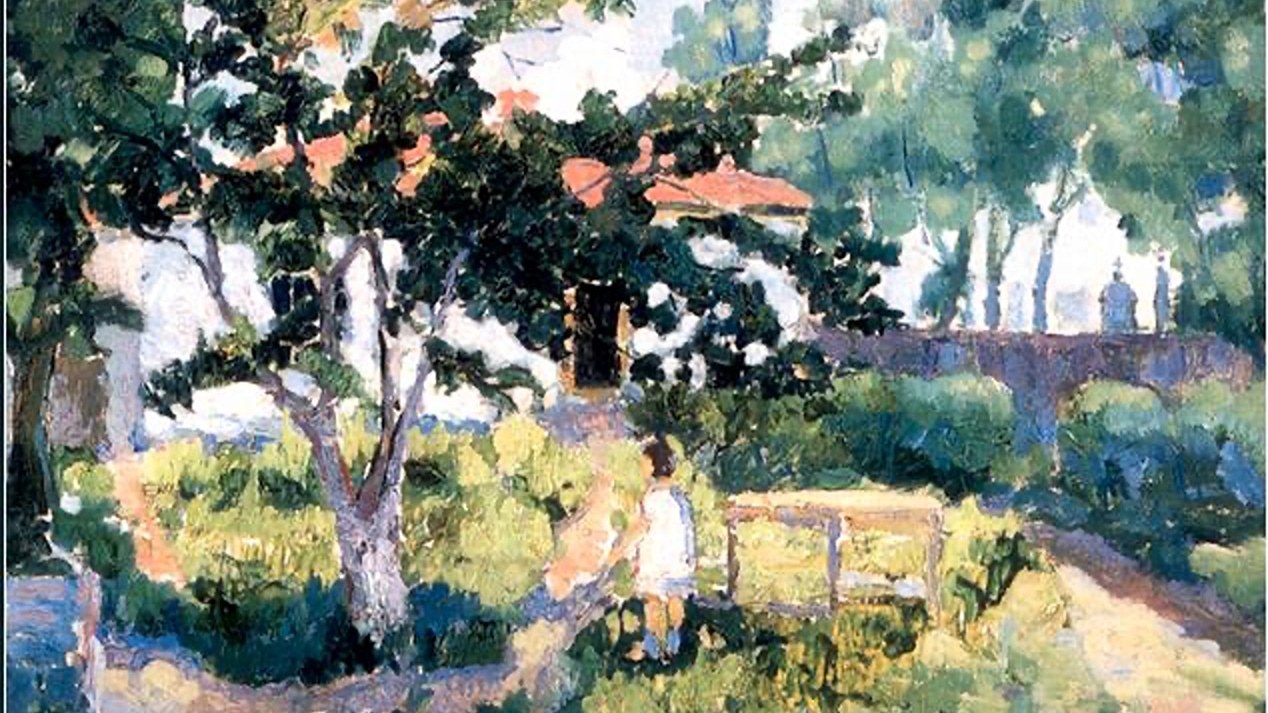The impetus for Sergei Prokofiev’s First String Quartet came from America.
In 1930, Prokofiev received the commission from the Elizabeth Sprague Coolidge Foundation of the Library of Congress. The Brosa Quartet premiered the work in Washington, D.C. on April 25, 1931. At the time, Prokofiev lived in exile in Paris, having fled his native land shortly after the 1917 Russian Revolution. In 1936, he would return home, telling friends, “I must see the real winter again and hear the Russian language in my ears.”
Prokofiev’s First Quartet unfolds in three movements rather than the typical four, and is set in B minor. It is an unusual key for a string quartet, and one which falls a semitone below the bottom string (C) of the viola and cello ranges. In preparation, Prokofiev studied the string quartets of Beethoven while traveling by train across the United States during an extended concert tour. “That is the source of the rather ‘classical’ language of the quartet’s first section,” he later commented.
The first movement (Allegro) begins with a quirky, surprise-filled melody, introduced by the first violin, and propelled forward by an exuberant motor in the accompanying instruments. As the movement continues, the four instrumental voices are drawn into a thrilling and increasingly complex contrapuntal conversation.
The opening of the second movement (Andante molto – Vivace) is haunting and introspective. Then, suddenly the music shifts into an exuberant fast tempo. What at first seems to be the slow movement we might have expected turns quickly into a biting and spirited scherzo.
The final movement (Andante) delivers another surprise. It leaves behind all that came before and moves into a lamenting and nostalgic landscape. The key of Bach’s most significant Mass and Schubert’s “Unfinished” Symphony, B minor, has been associated with melancholy, “feelings of quiet expectation, calm awaiting fate, and submission to divine will.” These qualities can be heard throughout the movement. At moments, the music evokes anguish amid rising tension. The final icy notes sink into gloom and fade away.
I. Allegro:
II. Andante molto – Vivace:
III. Andante:
Recordings
- Prokofiev: String Quartet No. 1 in B minor, Op. 50, Pavel Haas Quartet Amazon
Featured Image: “Summer Landscape” (1929), Kazimir Malevich


I really like this string quartet. Prokofiev also made a piano transcription of the last movement (Six pieces for Piano, Op. 52 no. 5). I heard it for the first time and that’s how I came to this piece.